Quick answer: A self-storage unit typically costs between $60 and $180 per month, depending on the size, location, and features. For example, a small 5x5 unit may cost around $60/month, while a larger 10x20 unit with climate control can go up to $180/month or more.
Overview
Space is at a premium, but peace of mind doesn’t have to be.
If you have ever found yourself wishing for a bit more room, you’re not alone. In fact, around 10% of American households rent a self-storage unit at any given time.
Whether it’s to declutter, store seasonal items, or hold onto belongings during a move, self-storage has become an essential part of life for millions.
The self-storage industry is expanding rapidly and generating a staggering $39.5 billion in revenue annually. It is projected to reach $49.10 billion by 2025
But when it comes to choosing a storage unit, one of the most common questions is, "How much are self-storage units? The answer isn’t as straightforward as you might think. For instance, the average cost of a 10x10 unit in New York can reach up to $244 per month. And in smaller cities like Phoenix, it’s as low as $115
So, if you are feeling overwhelmed by all the options, don’t worry. Let’s break down everything you need to know related to self-storage unit costs.
How Much Does the Average Storage Unit Cost?
The average cost for a storage unit in the U.S. varies depending on the size and features.
On average:
A standard 5x5 unit costs between $35 and $60 per month.
A 5x10 unit costs between $58 and $80 per month.
For the popular 10x10 unit, you can expect to pay around $105 to $135 per month.
These are just the basics. Prices may be higher if you require additional features, such as climate control. We recommend getting a rough estimate of your storage unit cost per month before booking. This helps you understand what you’ll likely pay each month and allows you to plan your budget more confidently.
Unit Size
The size of the storage unit is one of the biggest cost factors.
| Unit Size | Dimensions (Feet) | Average Cost (Standard) | Average Cost (Climate-Controlled) |
|---|---|---|---|
| 5x5 | 25 sq. ft. | $35 - $60 | $50 - $75 |
| 5x10 | 50 sq. ft. | $58 - $80 | $70 - $100 |
| 10x10 | 100 sq. ft. | $105 - $135 | $120 - $150 |
| 10x15 | 150 sq. ft. | $121 - $160 | $145 - $180 |
| 10x20 | 200 sq. ft. | $140 - $190 | $170 - $225 |
| 10x30 | 300 sq. ft. | $200 - $270 | $250 - $320 |
| 20 x 20 | 400 sq. ft. | $239 - $289 | $270 - 359 |
Location
Urban areas or cities with high demand for storage space will typically have higher prices. For example:
| City | Average Cost (10x10) | Notes |
|---|---|---|
| New York, NY | $244 | High demand, urban area |
| Los Angeles, CA | $239 | Urban area, high competition |
| Phoenix, AZ | $115 | Lower demand, suburban area |
| Dallas, TX | $107 | Affordable urban option |
Vehicle Storage Costs
If you need to store vehicles like cars, RVs, or boats, the type of storage affects pricing:
Outdoor Vehicle Storage: $92 - $150/month (great for RVs and boats).
Covered Vehicle Storage: $100 - $180/month (provides some protection from weather).
Indoor Vehicle Storage: $148 - $270/month (ideal for long-term or sensitive vehicle storage).
| Vehicle Type | Storage Option | Average Cost (per Month) |
|---|---|---|
| Motorcycle | Indoor 5x10 | $92 - $120 |
| Compact Car | Indoor 10x15 | $148 - $170 |
| RV/Boat | Outdoor/Covered 10x40 | $109 - $269 |
Top Markets for Self-Storage in 2025
The cost of self-storage varies greatly across different U.S. cities. Here are some of the highest and lowest averages:
Highest
Honolulu, HI: $299/month
San Francisco, CA: $262/month
New York City, NY: $244/month
Lowest
Oklahoma City, OK: $68/month
Phoenix, AZ: $115/month
Dallas, TX: $107/month
Types of Storage Units and How They Impact Price
The type of storage unit you choose can significantly affect your monthly cost. From basic outdoor spaces to climate-controlled indoor units, each option serves a different need and comes with its own pricing.
Standard vs. Climate-Controlled Units
Standard units are budget-friendly and suitable for items not sensitive to temperature or humidity. Climate-controlled units offer protection from extreme weather and are ideal for electronics, wood furniture, or documents—but they typically cost 20–50% more.
If you're browsing storage unit prices near me, climate control is often the key difference in pricing.
Indoor vs. Drive-Up Access
Drive-up units offer the convenience of loading items directly from your vehicle and usually come at a slightly higher cost. Indoor units are accessed from inside the building and often offer better insulation and security.
Portable Storage Units
Portable storage, such as PODS or similar services, is delivered to your location and then picked up later. While convenient, they usually come with higher storage rental prices due to delivery and transport fees.
Business vs. Personal Storage
Units designed for business use may include power access, oversized spaces, or 24/7 entry. These features increase the overall storage unit cost per month compared to standard personal units.
Storage Unit Types & Pricing Comparison
| Type of Storage Unit | Features | Typical Monthly Cost | Best For |
|---|---|---|---|
| Standard Unit | Basic space, no climate control | $60 – $120/month | General household items |
| Climate-Controlled Unit | Temp & humidity regulation | $90 – $180/month | Electronics, furniture, documents |
| Drive-Up Unit | Outdoor access with vehicle loading | $80 – $160/month | Heavy items, frequent access |
| Indoor Unit | Access via hallways/elevators, extra insulation | $70 – $150/month | Secure, weather-protected storage |
| Portable Storage | Delivered to your home, picked up after use | $150 – $300+/month | Temporary moves, renovation storage |
| Business Storage Unit | Large units, 24/7 access, power outlets | $200 – $500+/month | Inventory, equipment, and commercial use |
What Affects the Cost of a Storage Unit?
The price of a storage unit isn’t one-size-fits-all. Several key factors influence how much you'll pay each month.
Whether you're searching for storage unit prices or comparing quotes online, understanding what drives the cost can help you make a smarter choice.
Location
Storage units in high-demand areas, such as city centers or popular neighborhoods, tend to cost more than those in suburban or rural areas. For example, storage prices in a major metro can be 30–50% higher than in smaller towns.
Unit Size
Naturally, larger units cost more. A 5x5 unit might be as low as $60/month, while a 10x20 unit can reach $180 or more. Always assess how much space you actually need before booking.
Climate Control
If you're storing items that are sensitive to temperature or humidity (like electronics or furniture), a climate-controlled unit is a must. But this feature usually increases your storage unit cost per month by 20% to 50%.
Access Type
Drive-up access is convenient and can cost a bit more than standard indoor units. Similarly, 24/7 access may increase your rate due to extended facility staffing and security.
Facility Features
Modern facilities with high-end security systems, surveillance cameras, keypad entry, and elevators often charge more. These features can raise your overall storage unit pricing, but they also add peace of mind.
Rental Duration
Some facilities offer better rates if you commit to a longer lease. Short-term, month-to-month rentals usually have higher storage rental prices compared to 3-, 6-, or 12-month contracts.
Demand and Seasonality
Prices often increase during peak moving seasons, especially in the summer. Renting during the off-season (like late fall or winter) can help you find affordable storage units more easily.
Hidden Fees You Should Know About
While advertised rates might make a storage unit seem affordable, there are often extra fees that can increase your monthly cost. If you're comparing storage unit prices or searching for affordable storage units, it's important to look beyond the base price and ask about these hidden charges.
Administration or Setup Fees
Many facilities charge a one-time admin or setup fee when you rent a storage unit— usually between $15 and $30. It's a standard practice, but it often catches renters off guard.
Mandatory Insurance
Some storage providers require you to carry insurance on your stored items. If you don’t already have a homeowner’s or renter’s policy that covers this, you'll need to purchase insurance through the facility, which can add $10 to $30 per month to your storage rental prices.
Lock Fees
If you don't bring your own lock, you'll likely have to buy one on-site. Locks sold at storage facilities often cost more than retail, sometimes $15 to $25.
Late Payment Charges
Missing a payment can trigger late fees, typically ranging from $10 to $50, depending on the facility's policy. This is especially important to remember if you're using public storage near me locations with automated billing systems.
Price Increases Over Time
Many facilities raise their rates after the first few months, especially if you took advantage of a “first month free” promotion. Always ask whether your storage unit cost per month is locked in or subject to change.
How to Find Cheap Self-Storage Units
Finding an affordable storage unit doesn’t have to be difficult. With a little research and flexibility, you can significantly reduce your monthly cost.
Here are some tips to help you save when you rent a storage unit:
Be Flexible with Location
Storage units in city centers tend to cost more. If you're willing to choose a facility just outside of a major metro area, you could save up to 50% on your monthly storage rental prices.
Consider Long-Term Rentals
Many facilities offer discounted rates if you commit to a longer lease. Booking for 3, 6, or 12 months at once can lower your storage unit cost per month, compared to paying month-to-month.
Look for Online-Only Deals
A lot of storage companies offer exclusive online discounts. Booking through their website can save you 10% to 20%, especially for your first month. Searching for "storage unit prices near me" or "self-storage near me prices" often brings up these limited-time deals.
Take Advantage of Seasonal Promotions
Storage demand tends to dip during the winter months, which is when you’ll find more promotions like “first month free” or discounted rates. Timing your rental can lead to real savings on your storage unit pricing.
Compare Multiple Facilities Before Booking
Don’t settle for the first listing you find. Comparing several options allows you to find the best storage unit prices and spot hidden fees or extra features that affect overall value.
What Goes Into Building a Storage Facility?
When you're shopping for a storage unit, it's easy to focus only on the monthly rent. However, what you may not realize is that the price you pay is influenced by the actual cost of building and operating that facility.
Storage unit prices aren't just about square footage; they’re shaped by land prices, construction costs, local regulations, and ongoing operational expenses.
Let’s take a quick look behind the scenes.
The Cost of Building a Storage Facility
To give you some context, building a typical self-storage facility, especially one with around 100 storage units, involves several major cost components:
- Land acquisition: The cost of land varies dramatically based on location. Urban areas or high-demand suburbs can significantly increase land expenses.
- Construction costs: On average, it can cost anywhere between $25 and $75 per square foot to construct a self-storage facility. A 100-unit facility might require an investment of $1 million to $3.5 million.
- Permits and zoning: Before building even begins, developers must pay for architectural plans, zoning applications, and permits, all of which add time and money.
-
Climate control and security: Facilities with climate-controlled units, modern surveillance systems, gated access, and 24/7 lighting cost more to build and operate.
-
Infrastructure and amenities: Elevators, drive-up access, indoor corridors, and digital systems for gate control also increase costs, but improve the customer experience.
How This Affects You as a Renter
These development and operational costs aren’t just numbers on a builder’s spreadsheet; they directly influence what you pay as a customer. Facilities in high-demand areas or those with premium features typically charge more per month, not only because of their location, but also because they're more expensive to build and maintain.
So, when you see a slightly higher price tag for a clean, secure, and climate-controlled unit in a convenient location, you're often paying for the quality, safety, and reliability that went into constructing it.



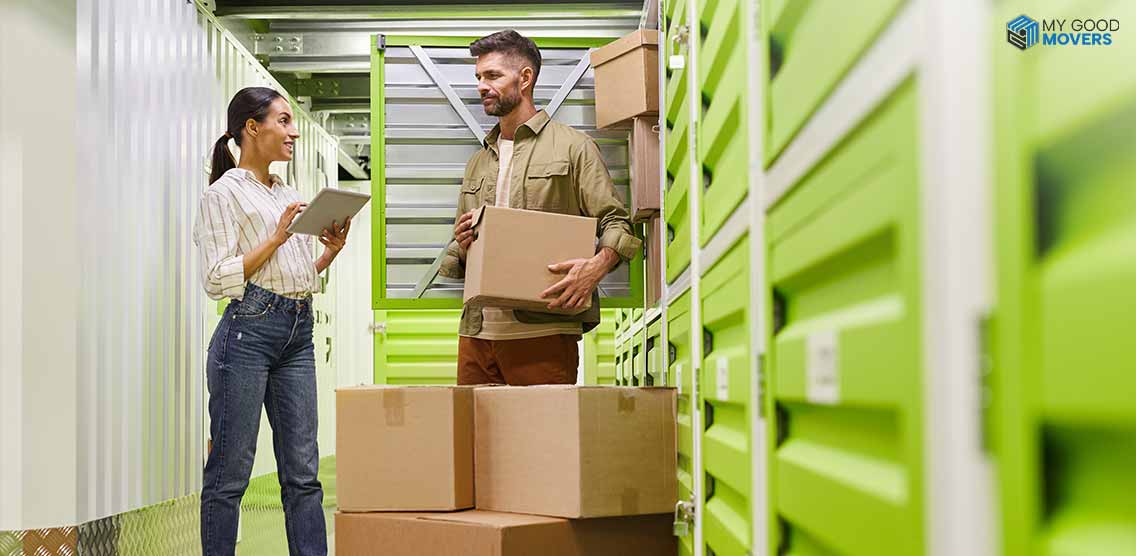











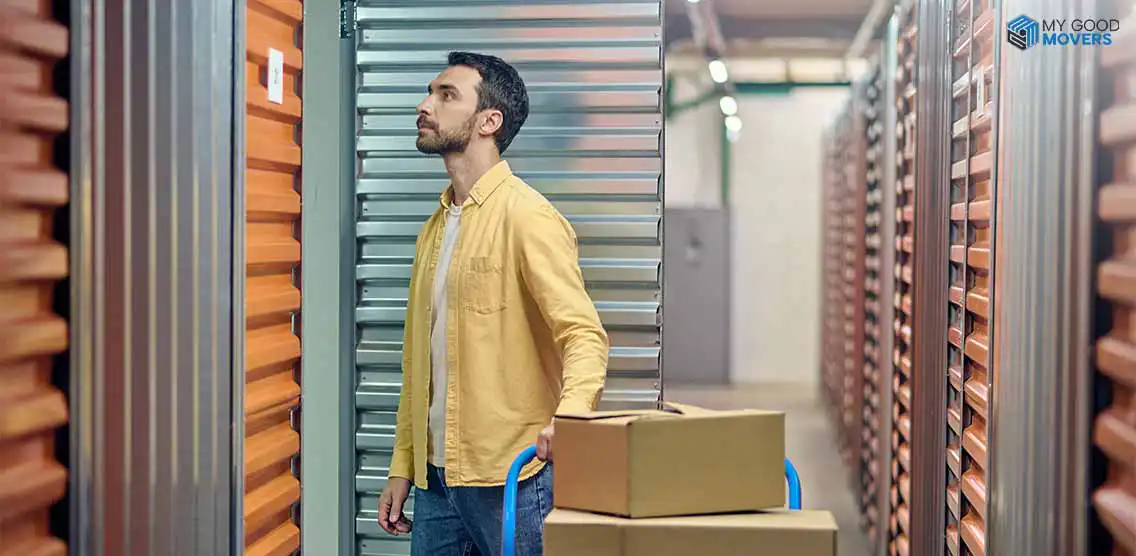


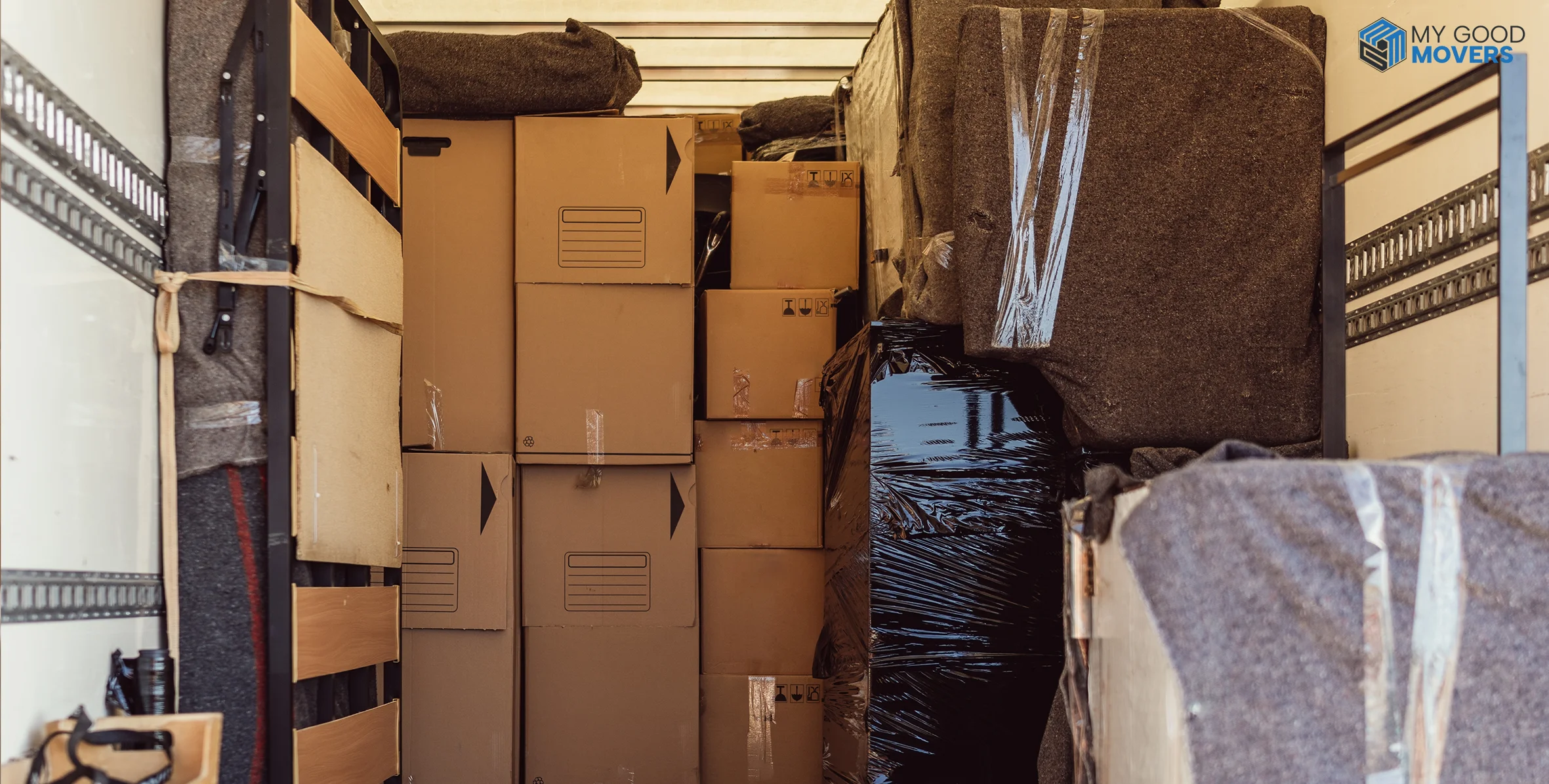
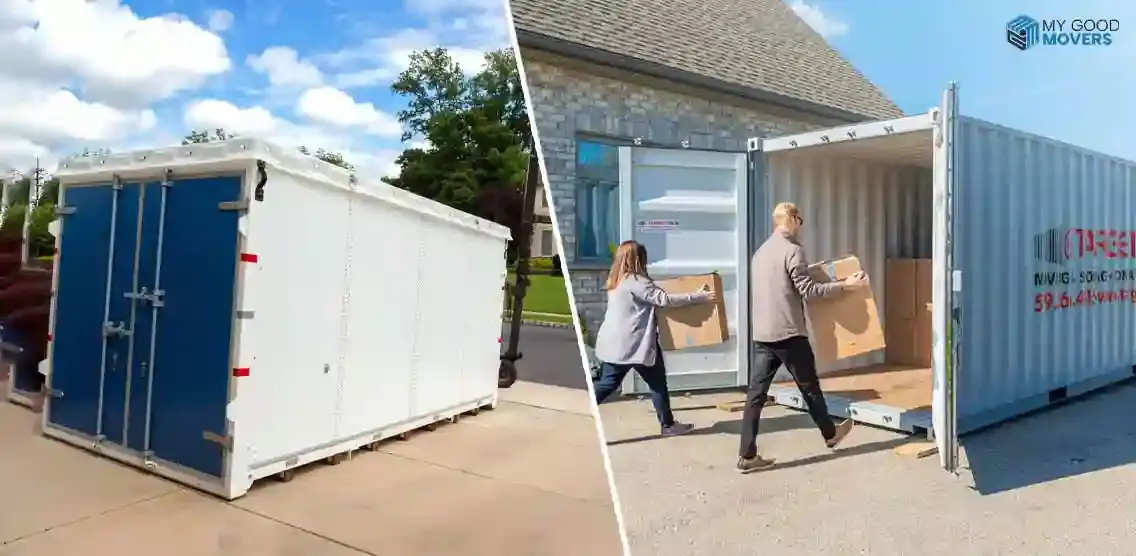
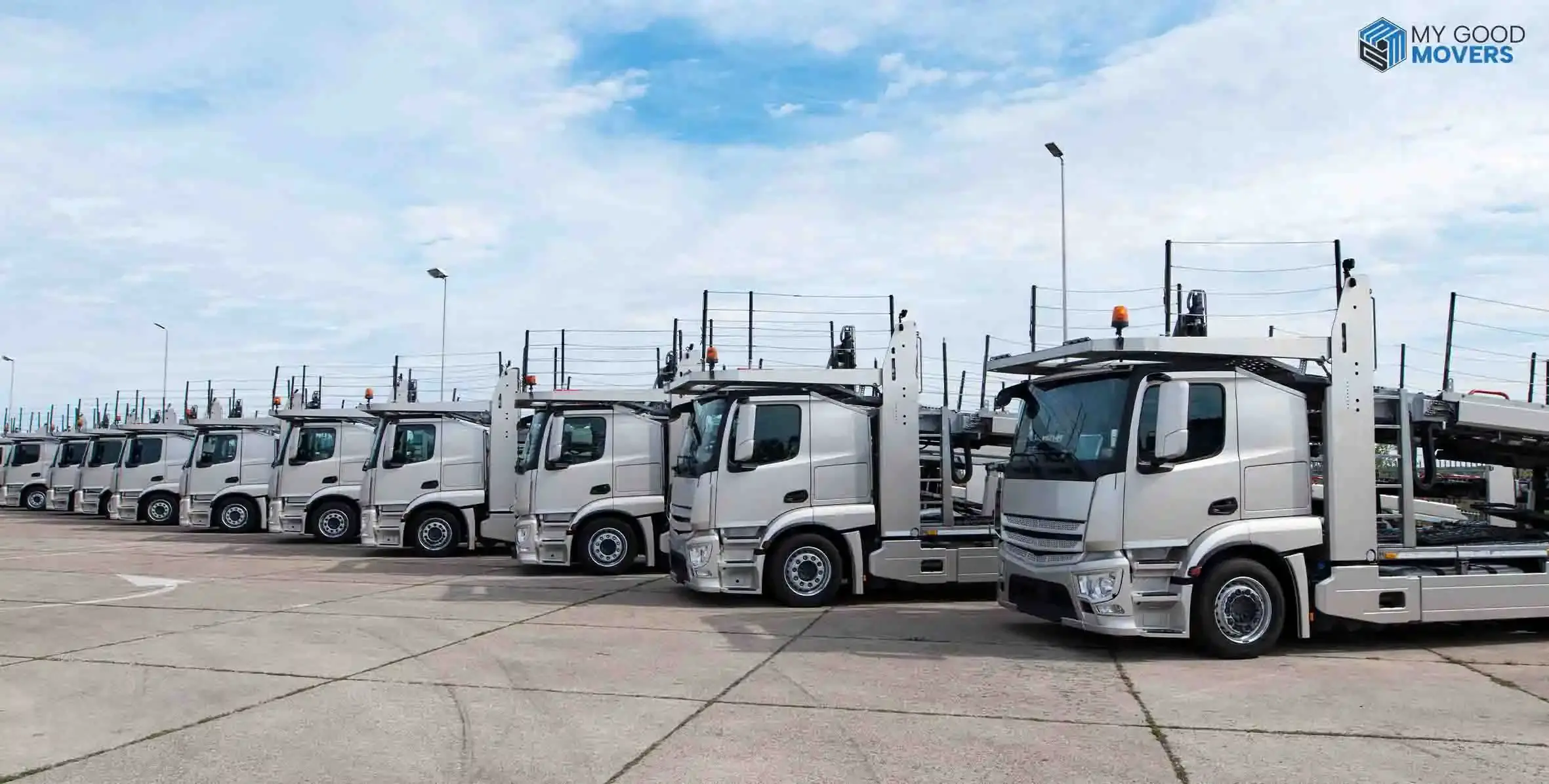


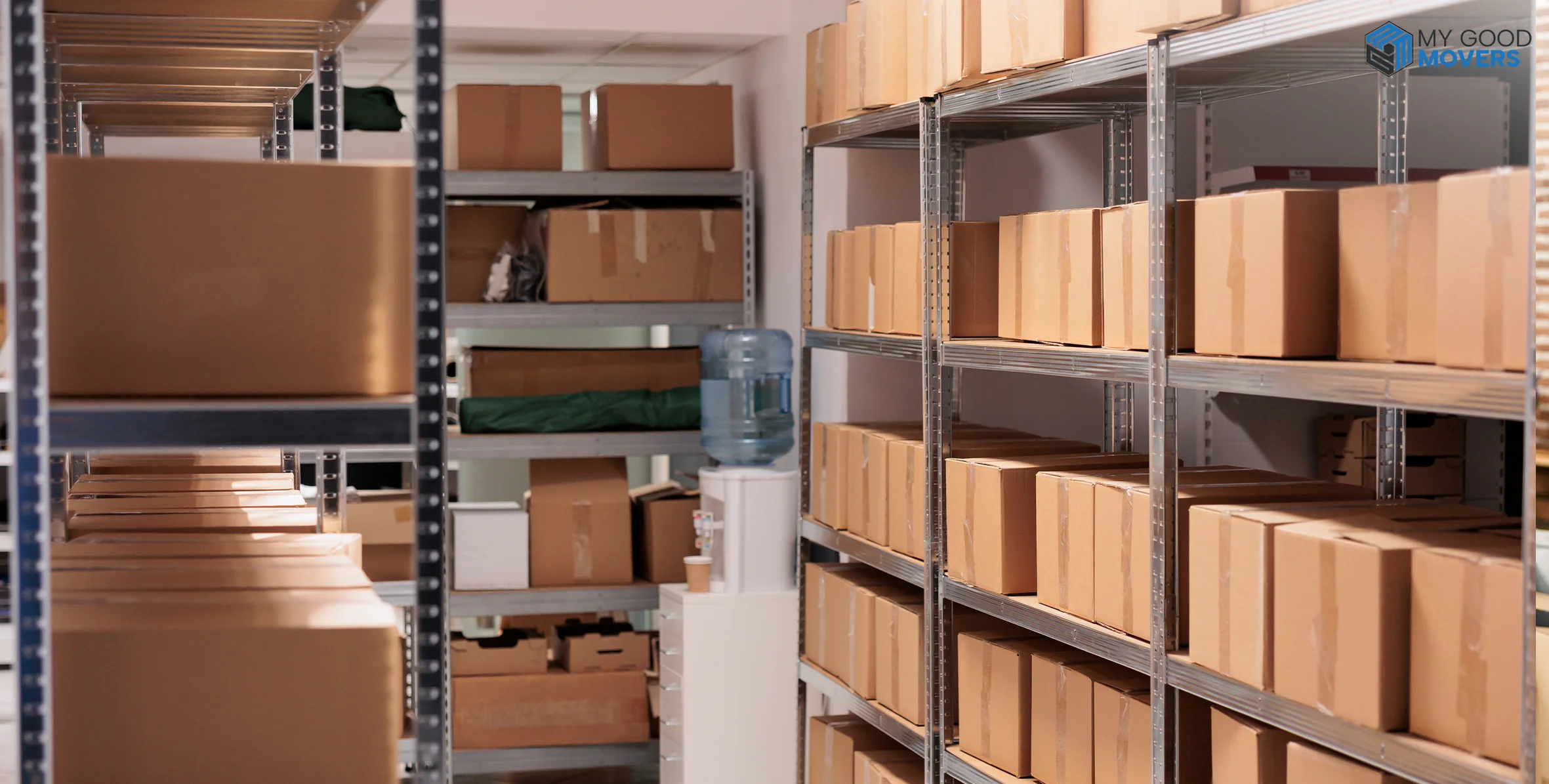




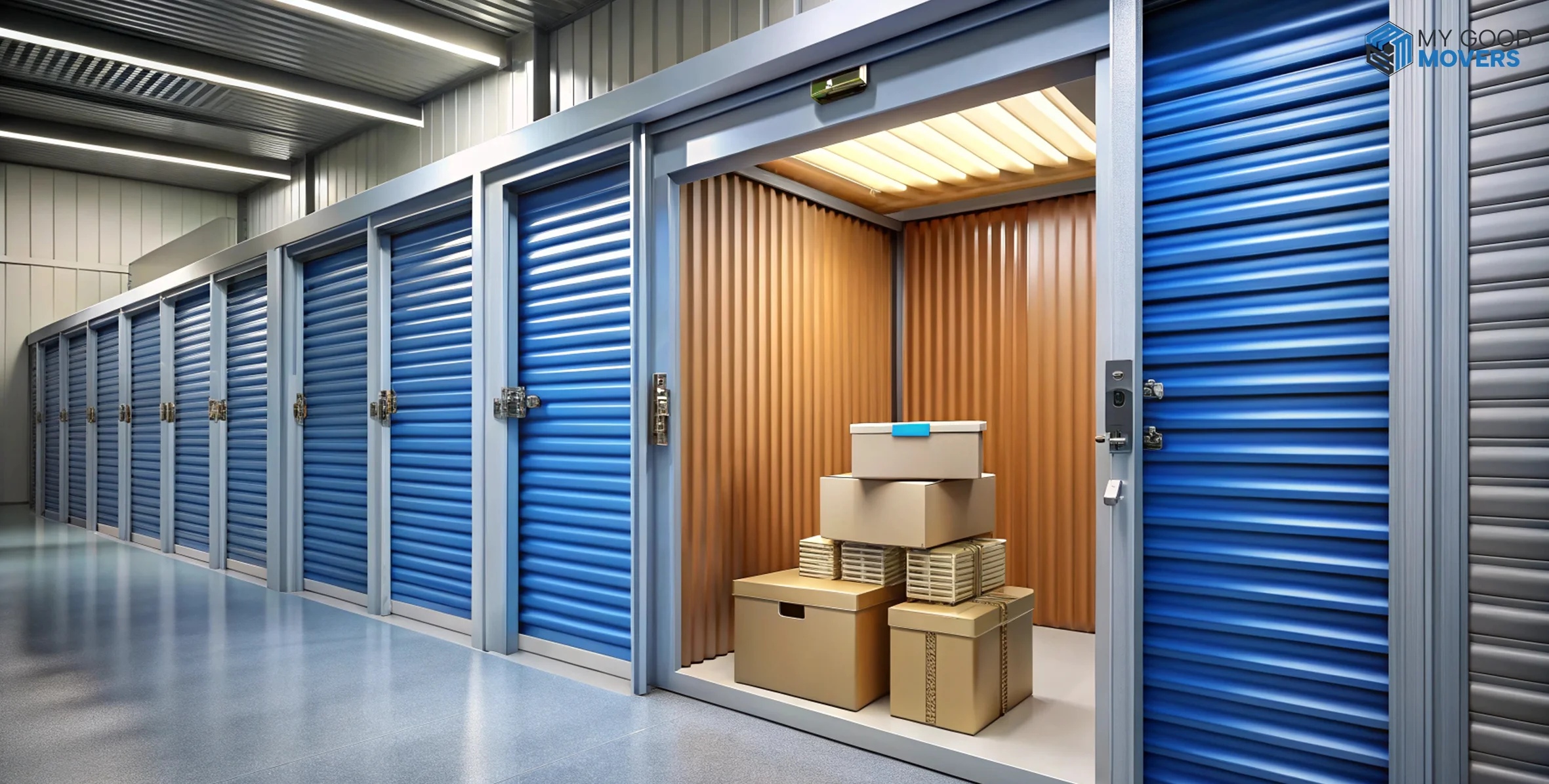
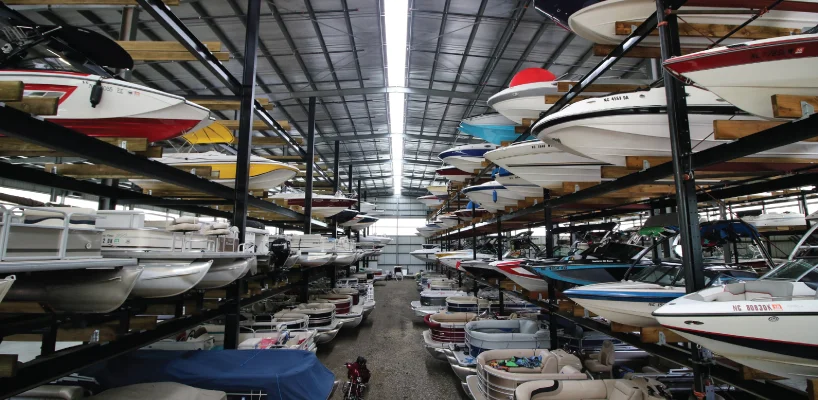

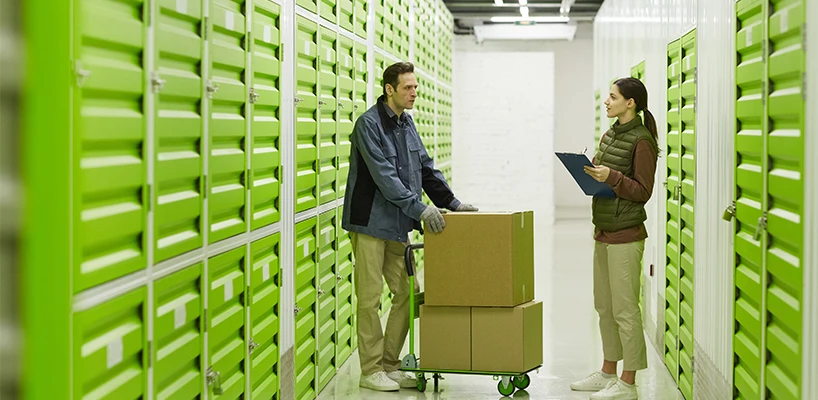
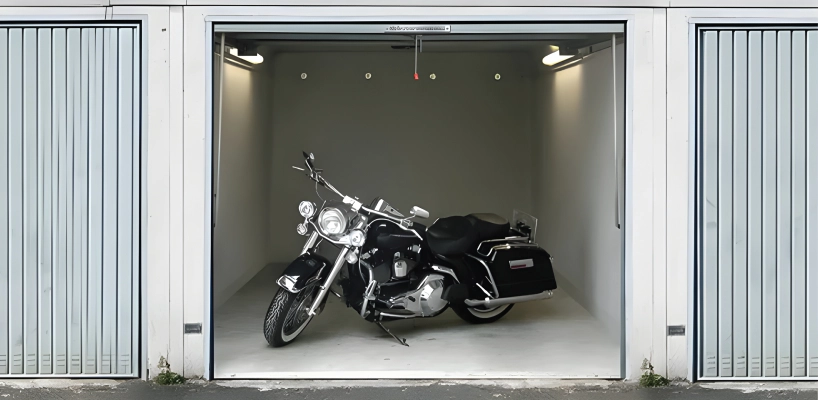

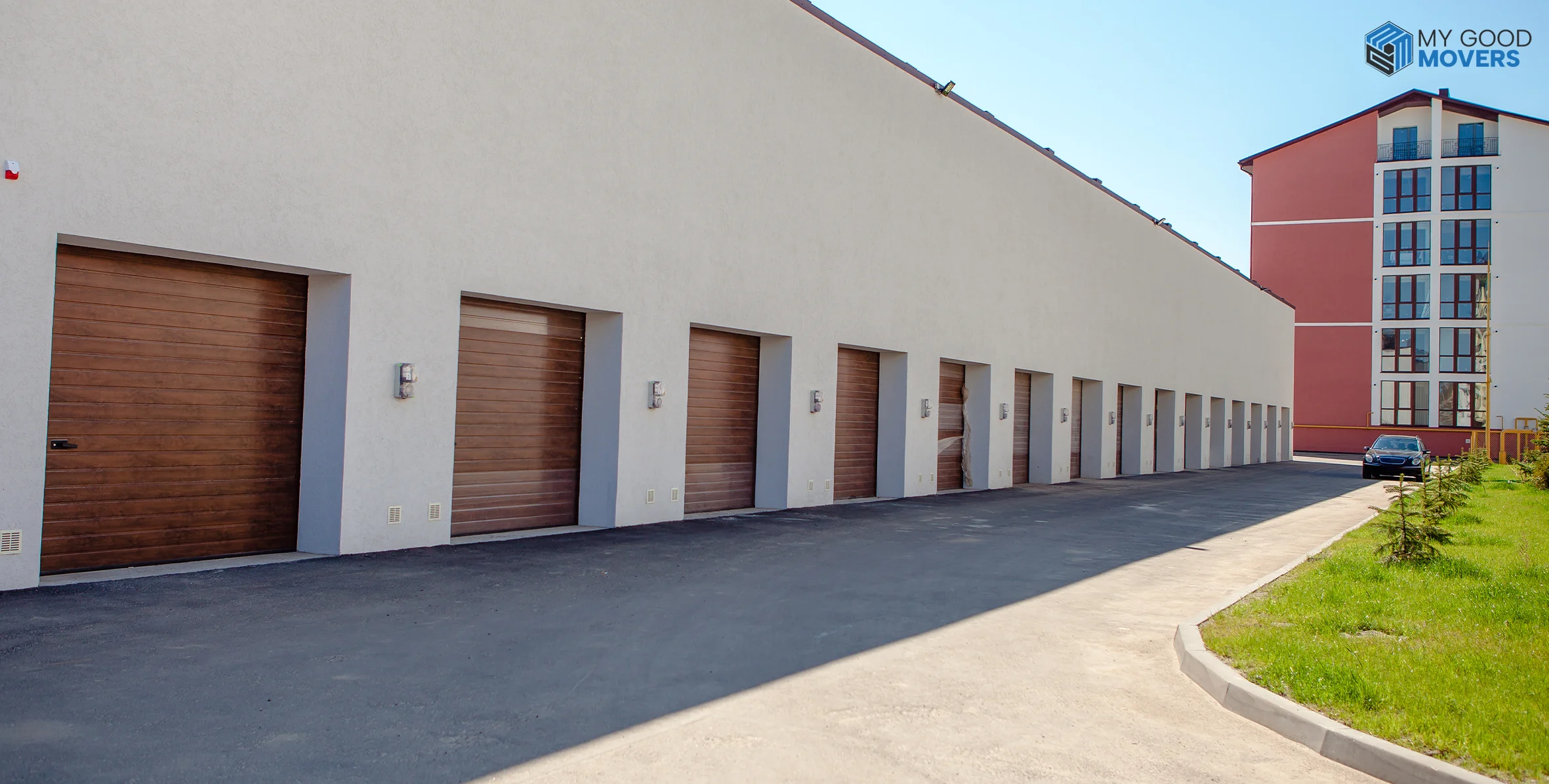
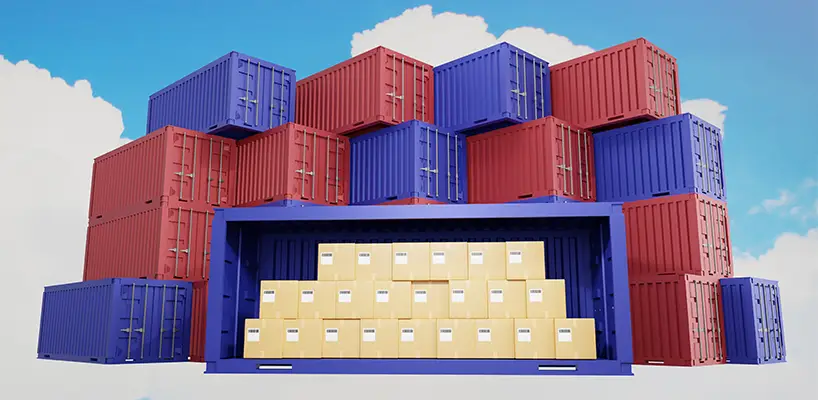


 (239) 799–6077
(239) 799–6077